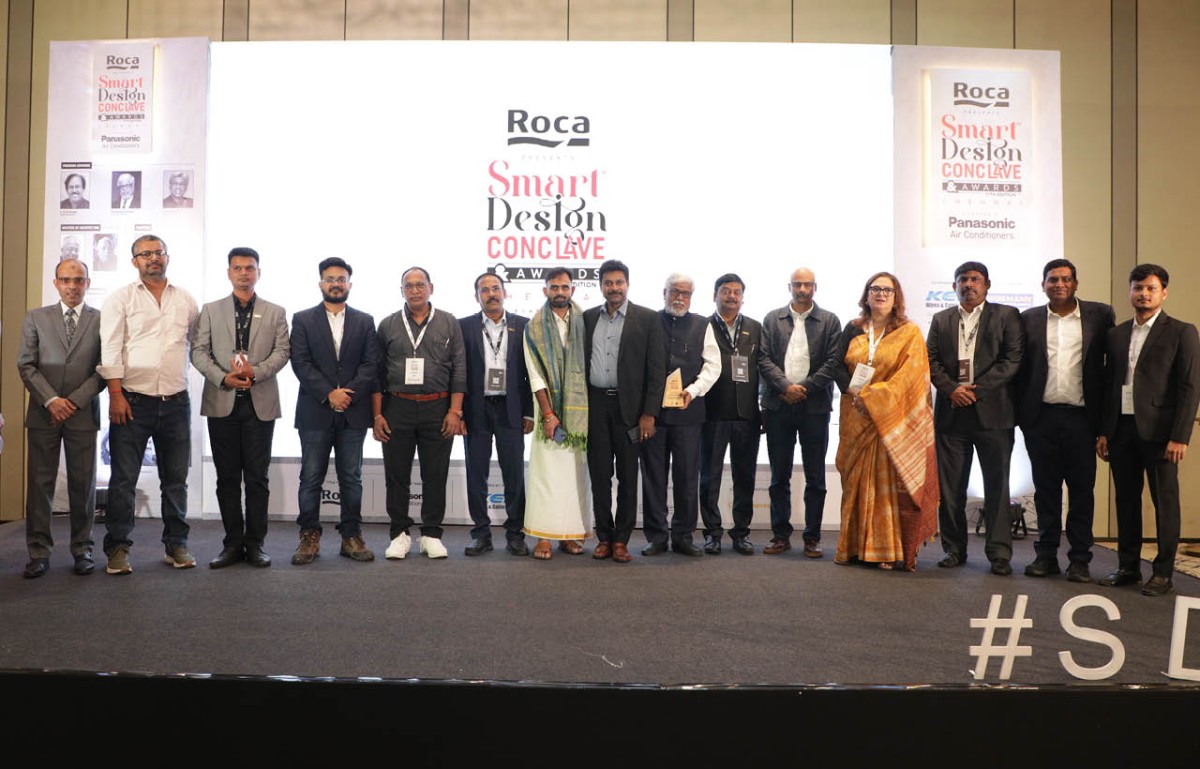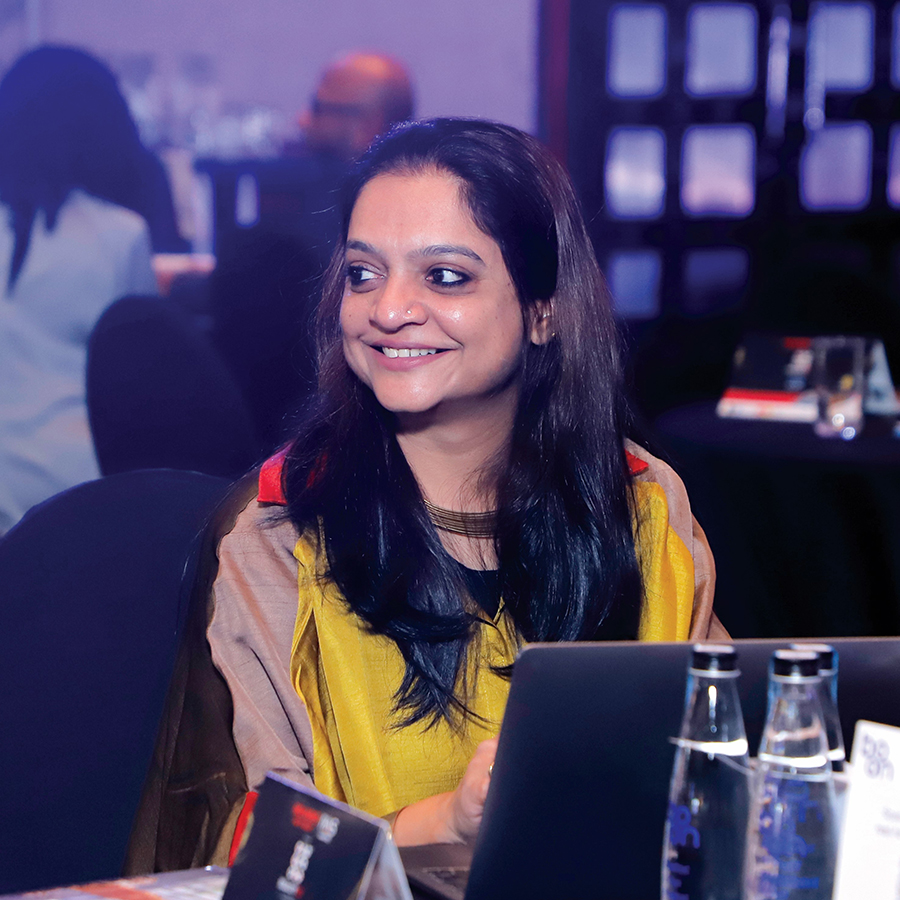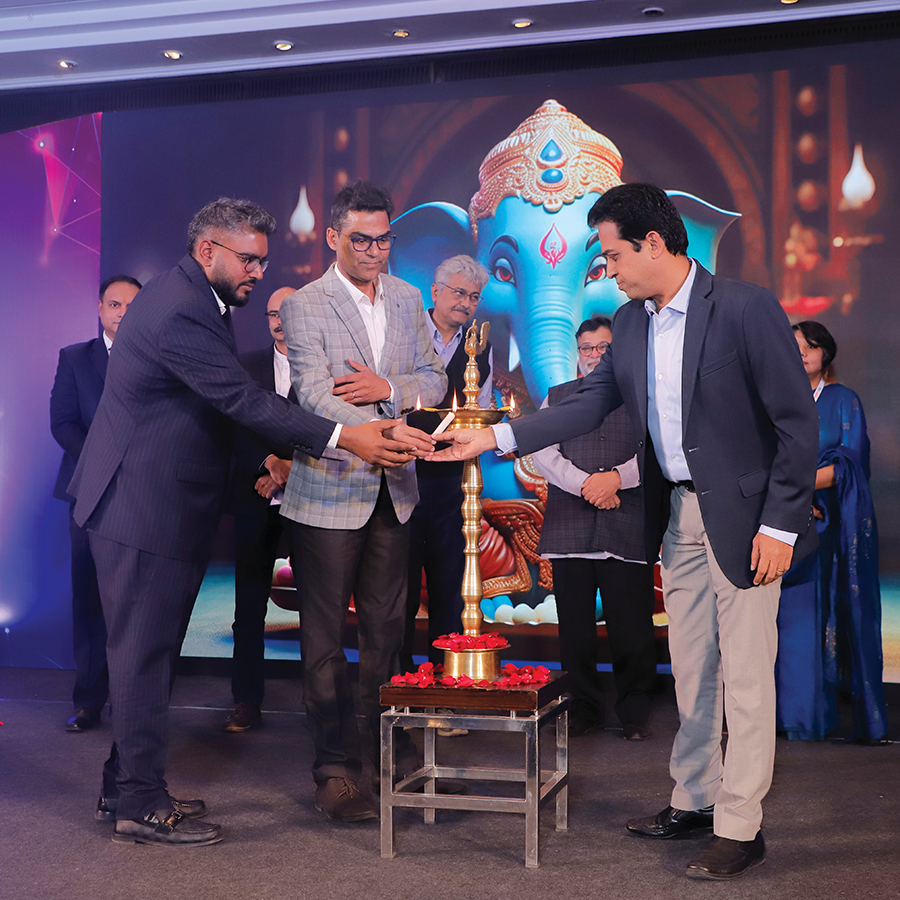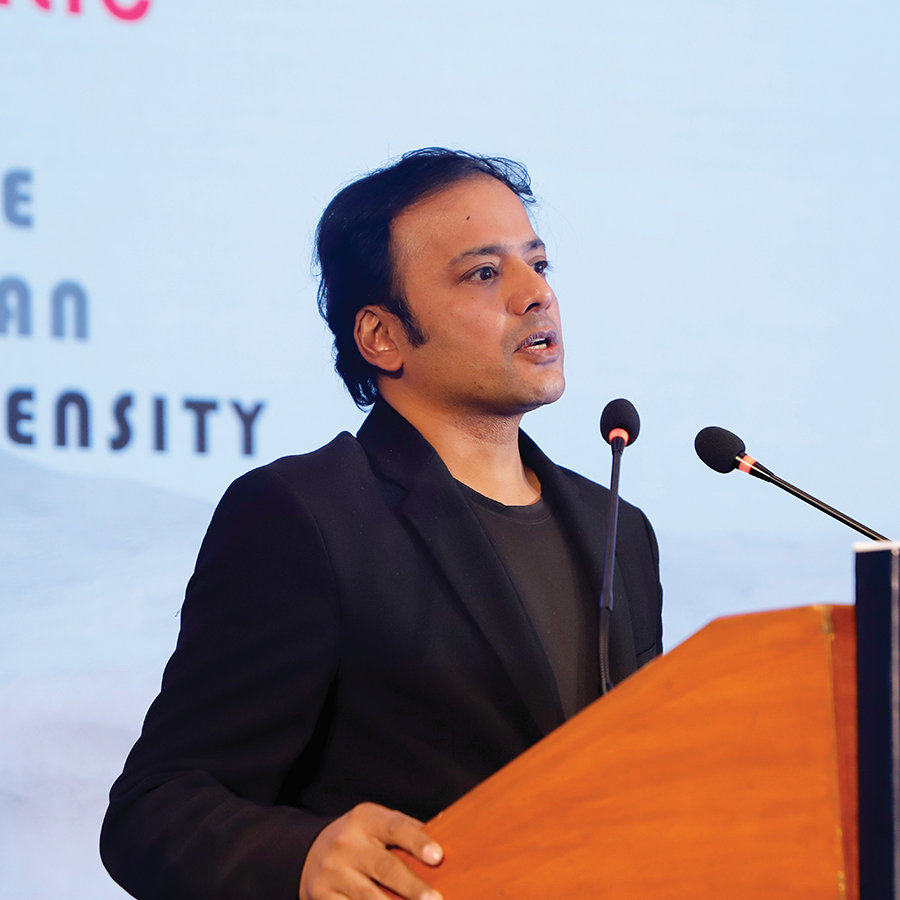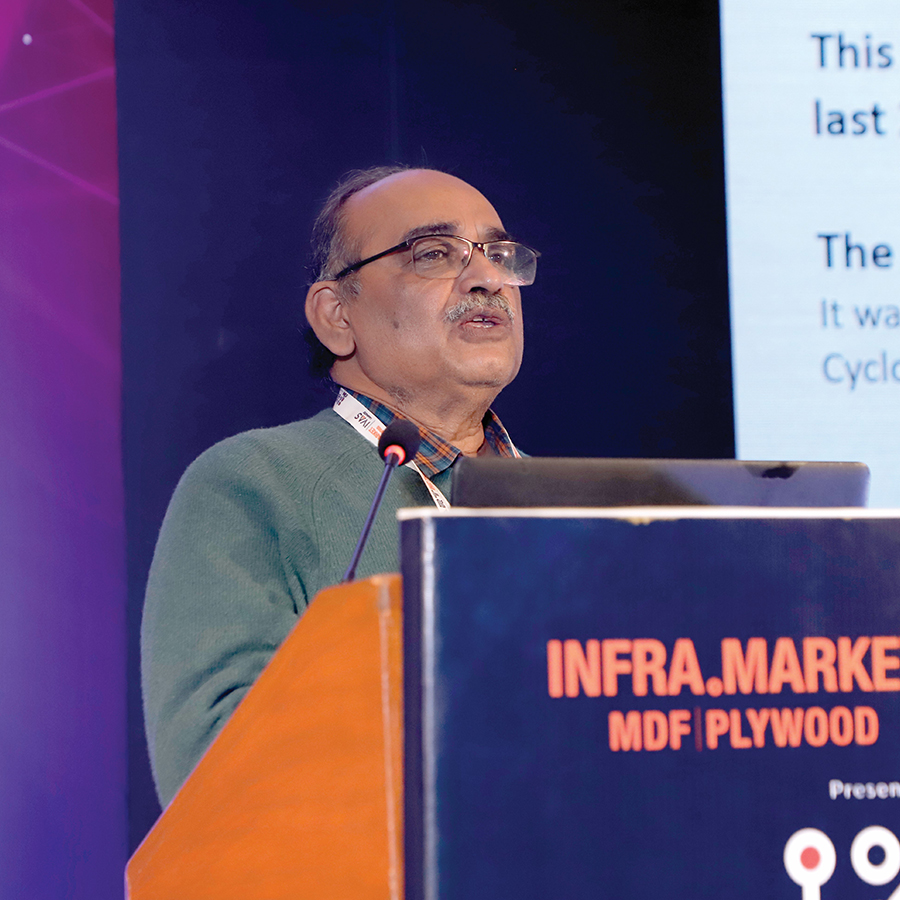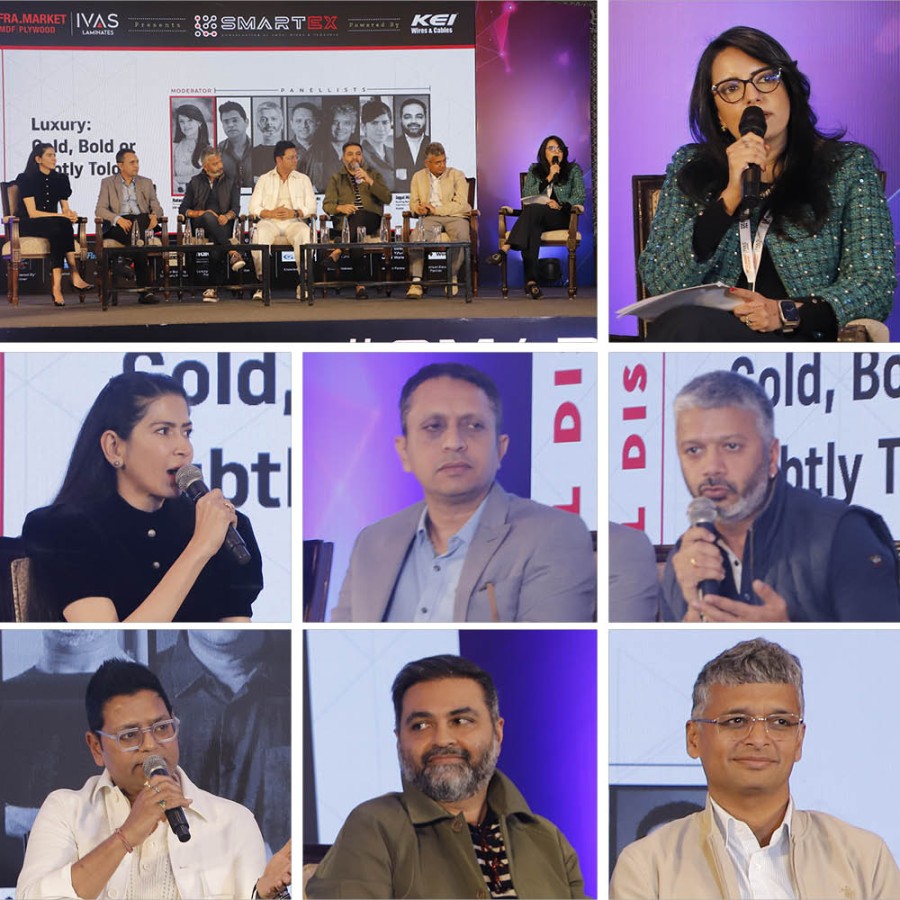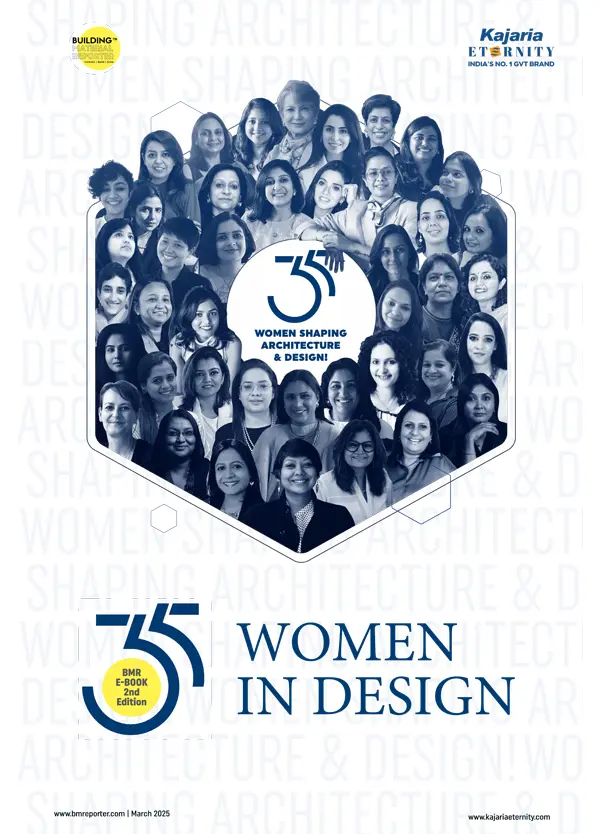What Does Luxury Mean Today? Bold, Gold, or Subtle?
- October 24, 2025
- By: Syed Md. Ehteshamul Hasan
- NEWS
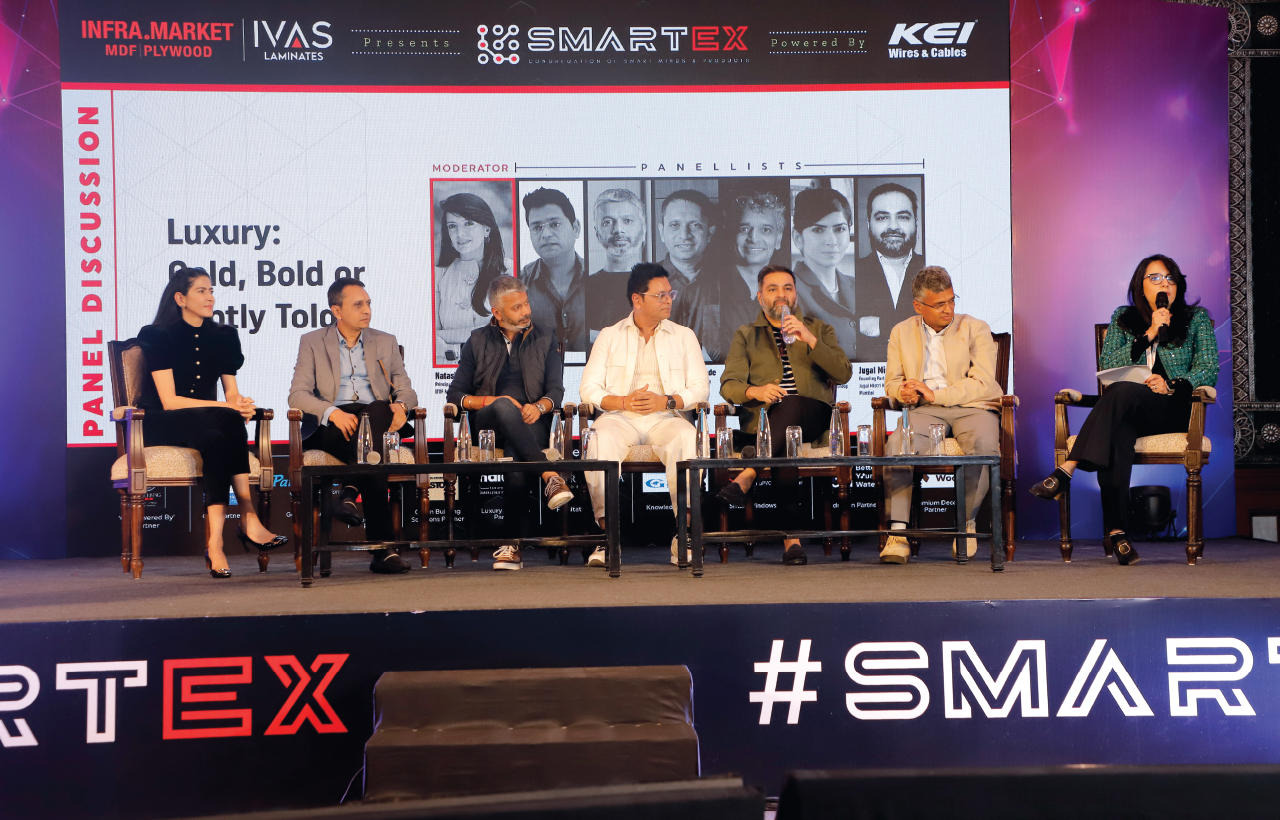 The concept of luxury has always been a dynamic and evolving one, shaped by cultural, social, and technological shifts. From the regal opulence of gilded accents and intricate craftsmanship that adorned palaces and grand estates to the understated elegance of minimalist design principles that focus on purity and restraint, luxury has taken on many forms over the years. Today, as the world navigates pressing concerns like sustainability, wellness, and the seamless integration of nature into living spaces, the definition of luxury is undergoing yet another transformation, moving towards an ethos of thoughtful indulgence and meaningful experiences. Excerpts: (Syed Md Ehteshamul Hasan)
The concept of luxury has always been a dynamic and evolving one, shaped by cultural, social, and technological shifts. From the regal opulence of gilded accents and intricate craftsmanship that adorned palaces and grand estates to the understated elegance of minimalist design principles that focus on purity and restraint, luxury has taken on many forms over the years. Today, as the world navigates pressing concerns like sustainability, wellness, and the seamless integration of nature into living spaces, the definition of luxury is undergoing yet another transformation, moving towards an ethos of thoughtful indulgence and meaningful experiences. Excerpts: (Syed Md Ehteshamul Hasan)
In an enlightening and thought-provoking panel discussion, a distinguished collective of renowned architects and designers convened to explore the evolving manifestations of luxury in contemporary architecture and design. The panel delved deeply into the inherent tension between bold, ostentatious designs that celebrate extravagance and the growing demand for refined, nature-infused luxury that champions tranquility and harmony. The discussion also extended into crucial aspects such as the role of technological advancements, sustainable practices, and the preservation of cultural heritage in shaping the future of luxury design.
Moderated by Ar. Natasha N. Kochhar of LTDF Architecture + ID, Delhi, the panel comprises the thought leaders of design including Ar. Sunil S Ladha of Workspace Design Studio, Udaipur; Ar. Aparna Kaushik of Aparna Kaushik Design Group, Noida.
Ar. Arun Sharma of Atrey & Associates, Delhi; Ar. Sumit Dhawan of Cityspace’ 82 Architects; Ar. Tushar Kothawade of Studio Infinity, Pune and Ar. Jugal Mistri of Jugal Mistri Architects, Mumbai.
Redefining Luxury: From Opulence to Subtlety
Ar. Natasha Kochhar set the stage by reflecting on the long-standing association between luxury and exclusivity. "Luxury has always been about what is difficult to access," she noted, highlighting how, historically, handcrafted elements and bespoke materials were the hallmarks of luxury, primarily because of their rarity and the painstaking effort required to produce them. However, with rapid advancements in technology and the advent of mass production techniques, items once considered unique and artisanal are now easily replicated, forcing a paradigm shift in the perception of luxury. This transformation has given rise to a new kind of sophistication—one that prioritises subtlety, sustainability, and an intrinsic connection to nature over ostentation and excess.
Ar. Arun Sharma, an advocate of experiential luxury, shared his perspective on how true luxury transcends visual grandeur and enters the realm of emotional resonance. "For me, luxury is about creating a profound sense of emotional connection between a space and its occupants," he elaborated. He underscored the importance of incorporating natural materials such as stone, water, and abundant natural light to craft spaces that exude timelessness and organic serenity. "Luxury is about meeting nature in its purest form," he emphasised, highlighting the shift from artificial embellishment to holistic well-being and immersive spatial experiences.
Ar. Aparna Kaushik echoed this sentiment, expressing her belief that luxury is often misconceived as something merely expensive or opulent. "True luxury lies in curating something that not only mimics nature but also withstands the test of time," she stated. She underscored the significance of designing spaces that prioritise fluid layouts and strategic spatial planning, ensuring that functionality seamlessly complements aesthetics. Additionally, she emphasised how curated artistic expressions, whether through handcrafted installations or nuanced colour palettes, contribute to an elevated and bespoke sense of luxury.
Offering a counterpoint, Ar. Tushar Kothawade examined the influence of Western minimalism on Indian design sensibilities. "We, as a culture, have always embraced maximalism, celebrating intricate craftsmanship, vibrant colours, and layered textures that define our architectural legacy. However, the West has introduced us to the beauty of minimalism, where restraint itself becomes a form of luxury," he observed. He stressed the importance of achieving a balance between these two philosophies, crafting designs that honour traditional exuberance while incorporating contemporary clarity and precision.
Luxury & Cultural Heritage: A Delicate Balance
The conversation then ventured into the intricate relationship between luxury and cultural heritage, with Ar. Sunil S Ladha illuminates how, in the Indian context, luxury is frequently associated with elaborate detailing and historical grandeur. "The way we perceive traditional architecture today often gets reduced to terms like 'pseudo-traditional,'" he remarked, cautioning against superficial replications of historical motifs. Instead, he advocated for an approach that extracts the essence of tradition, integrating timeless principles such as passive cooling, spatial hierarchy, and indigenous materials into modern luxury homes. "For instance, incorporating a courtyard within a contemporary home can evoke a sense of luxury deeply rooted in our architectural heritage while simultaneously enhancing natural ventilation and spatial flow," he explained.
Adding to the discussion, Ar. Sumit Dhawan underscored the inherently personal and subjective nature of luxury. "For me, luxury is synonymous with ease, comfort, and an effortless lifestyle," he stated. He shared a personal anecdote, revealing how the ability to drive directly to his workstation represents an everyday luxury, as it grants him unparalleled convenience. His perspective reinforced the idea that luxury extends beyond material indulgence—it is, at its core, about designing spaces that elevate the way we live, seamlessly blending aesthetics with functional excellence.
The Role of Technology and Sustainability in Luxury Design
The discourse then transitioned into the increasingly pivotal role of technology in defining contemporary luxury. Ar. Jugal Mistry shed light on how technological advancements have expanded the boundaries of what is architecturally possible, enabling designers to execute intricate details and subtle design elements with remarkable precision. "With emerging technologies, we can now craft spaces that are not only visually stunning but also deeply experiential," he explained. He posed a compelling question to the panel: "Do you want to merely admire a space, or do you want to truly experience it?" This distinction, he suggested, is what differentiates modern luxury from its past iterations.
Ar. Tushar Kothawade then brought sustainability into focus, asserting that it is no longer a mere option but an imperative. "Today, breathable air itself is a luxury," he remarked, underscoring the urgency of integrating sustainable practices into luxury architecture. While acknowledging that sustainable materials and techniques may currently be costlier, he expressed optimism that their increasing adoption would eventually make them more affordable and widespread. "Sustainability should be the fundamental starting point of every design conversation, not an afterthought," he urged.
Ar. Sumit Dhawan further elaborated on the growing intersection of luxury and technology, citing the emergence of AI and parametric design as transformative forces in architectural innovation. "Today, architecture is intrinsically tied to technological evolution," he stated. While he acknowledged AI's potential to optimise workflows and automate design processes, he cautioned against over-reliance, emphasising that human creativity and intuition remain irreplaceable. "AI can assist, but it cannot replicate the nuanced sensibilities of a seasoned designer," he added.
Luxury in Architecture: Boldness vs. Timelessness
Reflecting on the notion of boldness in luxury architecture, Ar. Arun Sharma offered a nuanced perspective: "Boldness in design does not equate to aggression or disruption. Rather, it is about harnessing natural elements to evoke an emotional connection and a sense of wonder," he explained. He stressed that the most luxurious spaces are those that feel inherently connected to their surroundings, fostering a seamless dialogue between built and unbuilt environments.
Similarly, Ar. Aparna Kaushik expressed her preference for creating lasting visual impact over transient trends. "I shy away from the term 'bold' in the conventional sense. Instead, I focus on crafting designs that feel distinctive yet enduring," she stated. She underscored the importance of educating clients about the value of timeless architecture, advocating for designs that maintain relevance and elegance for generations to come.
The Future of Luxury Design
In her closing remarks, Ar. Natasha Kochhar synthesised the key themes of the discussion, reiterating that luxury is no longer solely defined by grandeur or exclusivity. Instead, it is about crafting spaces that establish an emotional resonance, seamlessly blend with nature, and uphold timeless principles. She highlighted the indispensable role of technology and sustainability in shaping the future of luxury design, asserting that these elements will continue to drive innovation in the industry.
The panel concluded on a reflective note, agreeing that the future of luxury lies in striking a delicate balance between tradition and modernity, boldness and subtlety, and aesthetic refinement and practical functionality. As societal aspirations evolve, so too will the interpretation of luxury, ensuring that it remains an ever-adaptive and deeply personal concept. "Luxury is not just about what we see; it’s about what we feel and experience," Ar. Natasha Kochhar affirmed, leaving the audience with a thought-provoking perspective on the future of design.


